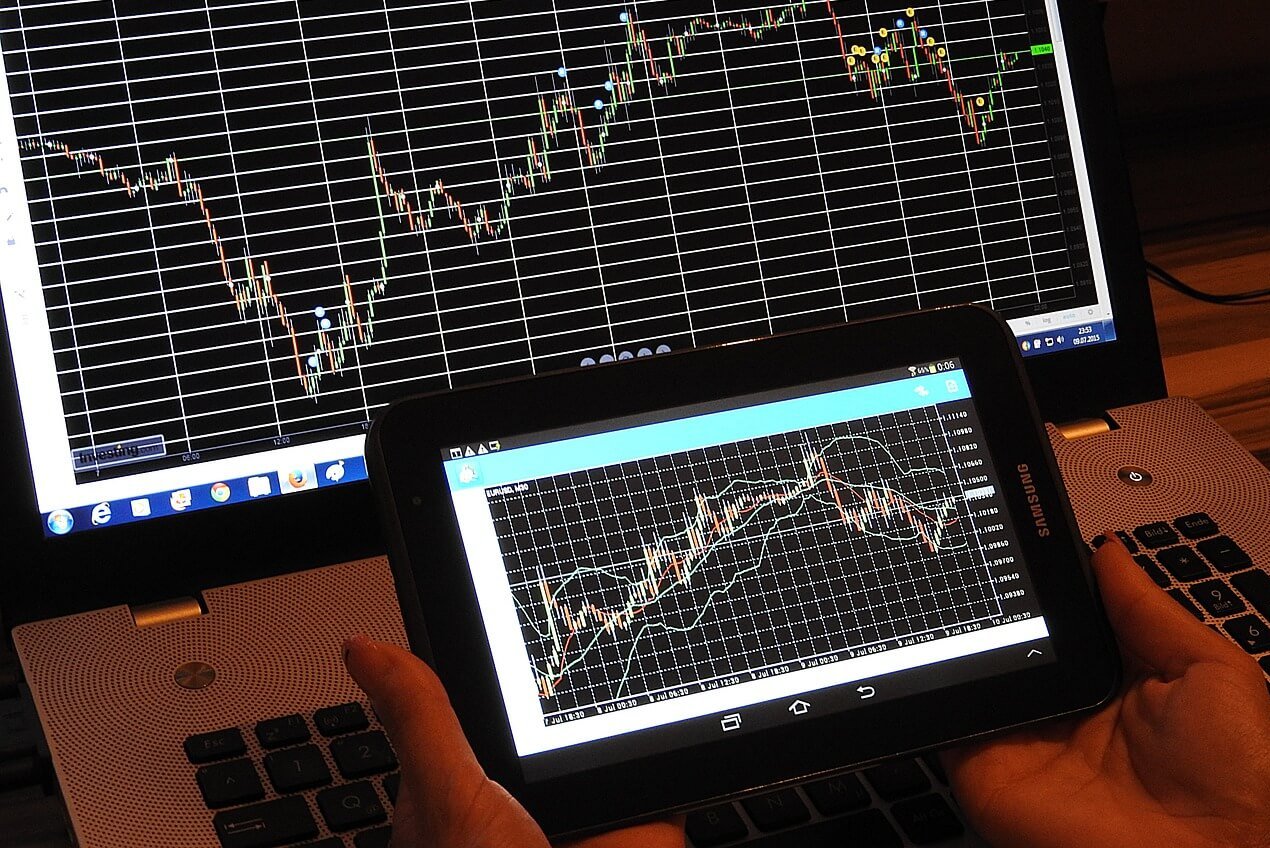

Cryptocurrency is becoming a global phenomenon because so many people around the world are able to buy, sell and trade it. There are different regulations based on where you are and some places don’t have any regulation at all. Always act accordingly to your local law before attempting to trade.
In this guide, we discuss how to trade cryptocurrency in the UK — an activity that may increase in popularity since the UKJT announced cryptocurrencies would be treated as property.
Your ability to trade cryptocurrency is based on using an exchange. Do your research when selecting your platform as there are many options available on the market. These include:
The easiest way to trade cryptocurrency in the UK is to start with a fiat-to-crypto exchange. This allows you to use normal money to buy crypto. Typically, these exchanges will allow you to buy and sell Bitcoin, Bitcoin Cash, Ethereum and Litecoin. You may be able to use your credit or debit card to make direct purchases, but be warned that this usually incurs a high transaction fee from your bank.
In order to avoid this, choose an exchange that has its own dedicated wallet. That way, you can deposit your GBP in a matter of minutes and connect it your dashboard on the exchange. With the right wallet provider, you can do this without incurring any fees. Use the exchange to place a buy order and if the exchange has high levels of liquidity, your request will be fulfilled pretty quickly.
It’s also just as simple to sell cryptocurrency in the UK. Use the exchange to select the amount of crypto you would like to sell and confirm your order. As long as their are buyers on the market, your order will be fulfilled.
Fiat-to-crypto and vice versa aren’t the only ways to trade crypto. On certain exchanges, you can also trade crypto for crypto, meaning you could swap your Bitcoin for Litecoin and vice versa.
Spot trading and margin trading are the two most common types of trading, with the exception of over-the-counter (OTC) trading.
Spot trading involves buying or selling an asset with the aim of turning an instant profit. This might involve selling a certain amount of an asset you already own and then trading with two other assets. The trading will be done on speculation, so you might choose to split your funds equally or go all in on one you feel most confident about.
Margin trading is different because you can trade with leverage. Leverage is borrowed money from an exchange. The amount of leverage on offer to you will differ depending on the platform you are using. Using leverage means you can generate higher profits because you are staking more funds. If your trade is successful, the exchange will then reclaim the leverage and leave you with the profits.
If the market moves against you, you will be liquidated. This means your original deposit is lost — however, you will not have to pay the leverage back. You can learn more about the risks of spot and margin trading here.
OTC trading involves buying or selling an asset directly with no middleman. Fundamentally, this can be as simple as a friend selling you £20 worth of Bitcoin. OTC trading offers benefits that exchanges do not in that you do not need to provide as much personal information. However, it does come with its own inherent risks, as does any method of crypto trading. You can read our guide on OTC trading here.
LocalBitcoins.com is a popular peer-to-peer (P2P) OTC marketplace where users can facilitate trades with one another.
Once you have identified the type of trading most suitable to you, you can enter the market. Learning about key terms, trade patterns, and previous market cycles will help you make the most informed decision about when you should buy in.
The most important thing to remember is that trading is done on speculation – nobody has a concrete idea of how the market will move. Firstly, you will need to know if you want to go ‘long’ or ‘short’. Going long is when you believe an asset’s price will rise, while going short is when you believe an asset’s price will drop. Of course, you could also just buy some crypto when prices are low and hold on to it for as long as you want before selling when prices are higher.
Learning about support, resistance, and moving averages will help you understand key levels for when to enter or exit the market. The same is true for studying graphs showing an asset’s trading history – if you notice a pattern re-emerging, then you might be on to something.
You can also do a quick Google search for ‘trading patterns’ that will bring up illustrations of patterns which also give an indication of what might happen next in the market, such as a falling wedge or Bart Simpson pattern.
It’s quite straight forward to trade cryptocurrency in the UK, but it’s important that you always stay up-to-date with the latest legislation and the abide by the terms and conditions of the exchange you’re using. Always act rationally when trading and don’t let your emotions get the best of you. It’s all important that you only ever trade with an amount you can afford.
Denver, Colorado, 24th February 2025, Chainwire
Denver, Colorado, 20th February 2025, Chainwire
Washington, D.C., 18th February 2025, Chainwire
Dubai, UAE, 27th January 2025, Chainwire
Those who enter the market at this time may be surprised to hear that Bitcoin…
George Town, Grand Cayman, 22nd November 2024, Chainwire